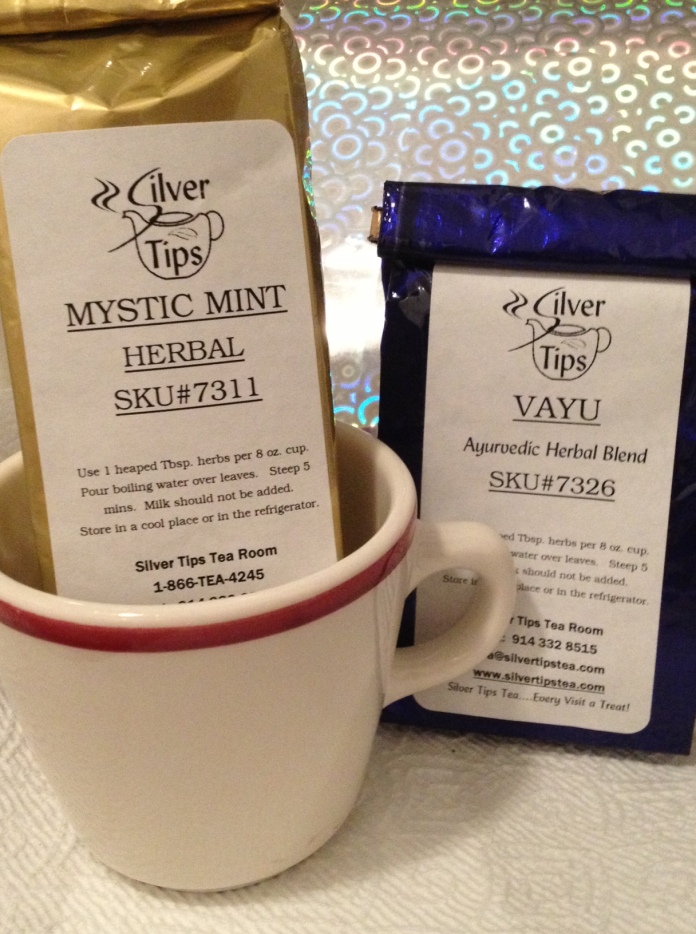Book Review: Ohashi, W. Beyond Shiatsu: Ohashi’s Bodywork Method. New York: Kodansha America, Inc., 1996. (ISBN 1-56836-351-6)
If you are interested in shiatsu, this is a great reader-friendly book. If you are new to shiatsu and want a clear, step-by-step explanation with descriptive photos this is a great book. If you want to learn about shiatsu from a true pioneer and leader in the field, this is the book for you. If you are an experienced practitioner, this book is even better. For as Ohashi writes in part I: “Always consider yourself an amateur.”
It is this kind of Zen frame of reference that infuses Ohashi’s writing. Yes, this is a practice manual for Ohashiatsu, which would be of interest to massage and bodywork professionals as well as to occupational and physical therapists. Having an understanding of the meridians and their relation to the different systems of the body can bring a new dimension to your therapy practice. Yet, it is the principles of Ohashiatsu that appear on page 18 that are applicable to any manual therapist:
1. Just be there; don’t press.
2. Use both hands.
3. Be continuous.
4. Be natural
Ohashi also pays particular attention to body mechanics and instructs practitioners on what to do, but also what to avoid when performing certain techniques. Ohashi’s writings are as much about how to give your client a good treatment, as they are about how to maintain professional longevity and enthusiasm. In addition, Ohashi encourages readers to have an awareness of their own health and to practice self-care to avoid burnout and fatigue. Again, this book is as much about therapy for the therapist as it is for the recipient. Ohashi offers words of wisdom for all professionals: “Your receiver is your teacher. Your receiver is your examiner. Your receiver is your assessor. Every session, every person, every day, is your own board of examiners. With this kind of attitude, you’re always excited, you never get bored” (p. 4). The title of this book is truly insightful, for the information covered is beyond shiatsu. Check it out.
